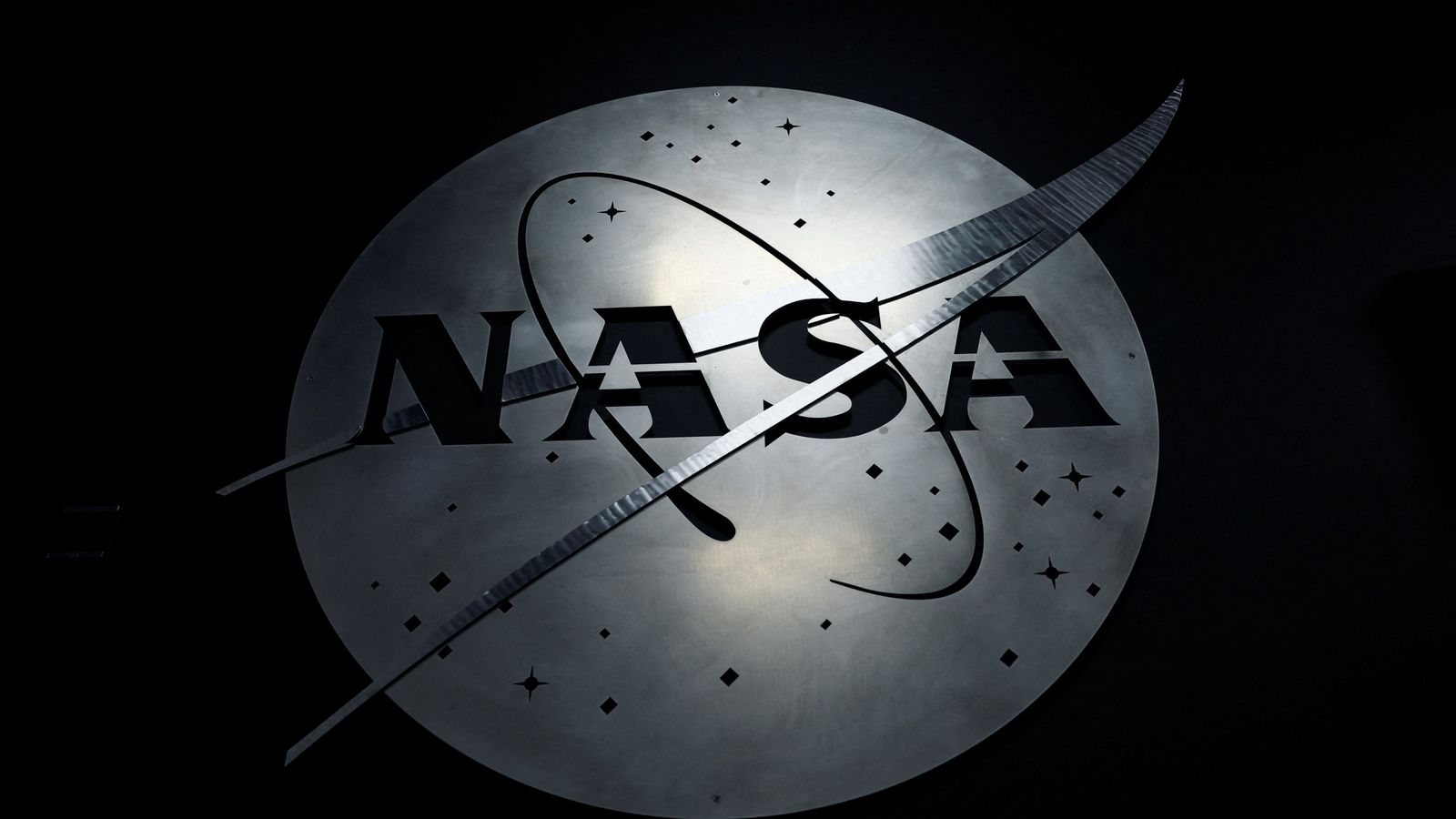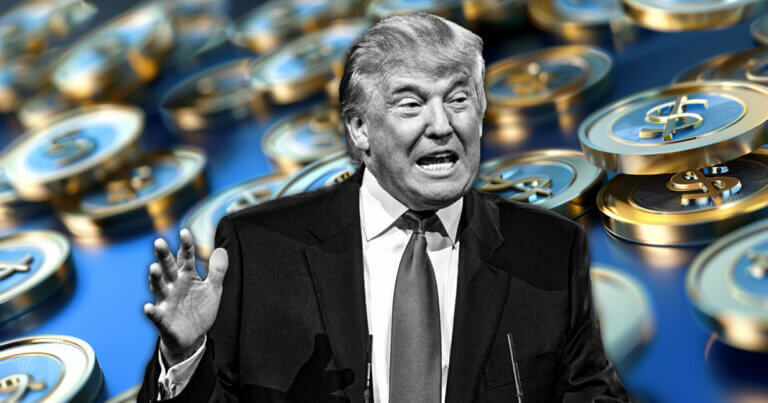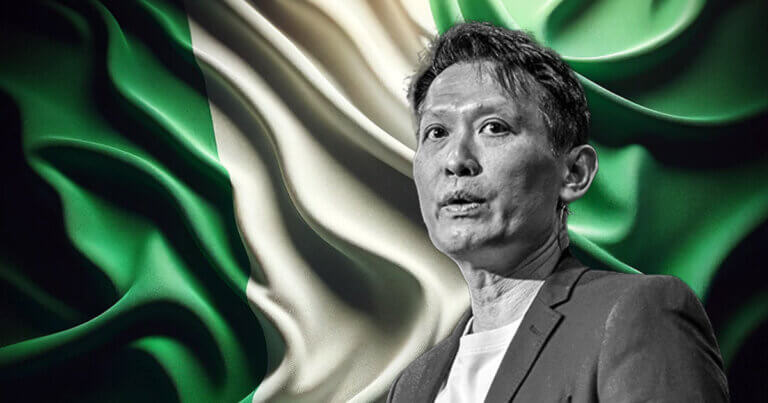NASA has appointed its first director of UFO research after an independent scientific panel said it should play a larger role in detecting them.
It announced the move following the publication of a 33-page report, which contained a series of recommendations describing how the space agency could advance the US government’s understanding of such phenomena.
Read more: Scientists released findings on ‘UAPs’ – live updates
While the 16-team panel stressed there is “no reason to conclude” that any sightings have been alien in origin, it warned any mysterious flying objects were a “self-evident” threat to American airspace.
NASA has also sought to rename UFOs to UAPs (unidentified anomalous phenomena) to disassociate the panel’s activity from the public’s never-ending fascination with potential alien life.
The agency’s administrator Bill Nelson said it was time to “shift the conversation from sensationalist to science”.
“We all are entertained by Indiana Jones in the Amazon finding the crystal skull,” he said, referencing the impact of popular culture on people’s interest in aliens.
“There’s a lot of folklore out there. That’s why we entered the arena: to get into this from a science point of view.”
Mr Nelson was speaking at a news briefing after the release of the report, which came over a year after the space agency announced it was forming an independent team of scientists tasked with looking into UFO sightings.
It held its first public meeting back in May, where the panel said while there had been a rise in reported sightings, barely any could be deemed “anomalous”.
Previous sightings have been put down to drones, while others have ended up being satellites.
Be the first to get Breaking News
Install the Sky News app for free
Thursday’s report made a number of recommendations for how NASA should approach the topic in future.
They included:
• Utilise its Earth observation tools to investigate whether there are environmental conditions associated with UAP
• Leverage the private space industry’s vast constellations of satellites to look out for UAPs, so we are less reliant on grainy camera footage for potential sightings
• Consider how AI and machine learning can be leveraged to help detect UAP and gather more data
• Improve public engagement, perhaps by looking into the development of a smartphone app to gather images from citizen observers
• Better leverage the existing reporting system for commercial pilots
Mr Nelson said the newly-appointed director for UAP research would help NASA implement the recommendations.
But the person in the role, who has already started work, will not be named due to threats made to the panel.
Study chairman David Spergel said members had been “harassed” by “nasty and hostile” people online.
This breaking news story is being updated and more details will be published shortly.
Please refresh the page for the fullest version.
You can receive Breaking News alerts on a smartphone or tablet via the Sky News App. You can also follow @SkyNews on X or subscribe to our YouTube channel to keep up with the latest news.








